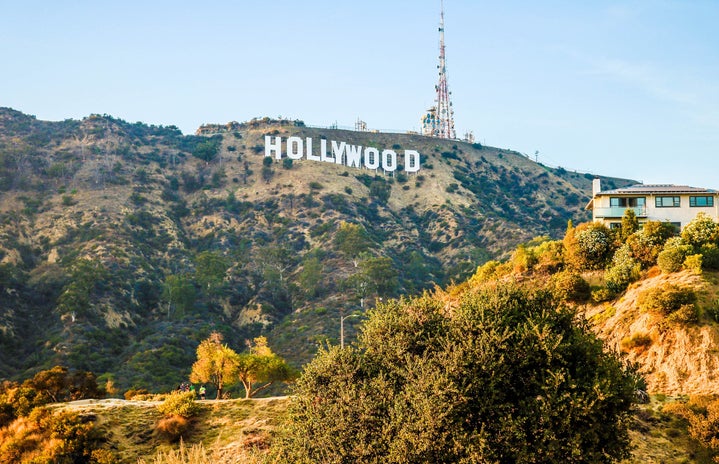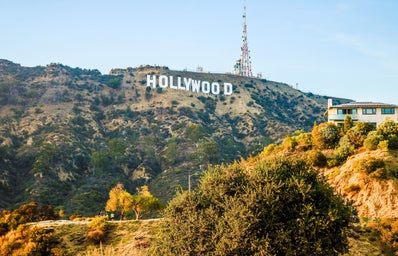An update on the SAG AFTRA strikes and negotiations, a look at the future of the tv/film industry
Be prepared to look forward to TV reruns and delays on anticipated movies, as the winter prepares for the storm that is SAG-AFTRA. Living proof of how unionisation is absolute protection for workers is in practice and it’s knocking on Hollywood’s door; the industry is working towards the common goal of general wage increases, boosts in compensation from successful streaming platforms, protection against the use of actor images through artificial intelligence and improvements in health and retirement benefits. The future of the entertainment industry is at stake and decaying before our eyes as the union stands fierce in negotiations against belittlement from conglomerate production companies.
Brief History of SAG-AFTRA (Screen Actors Guild – American Federation of Television and Radio Artists)
- 1952 – Action lasted from 1st Dec 1952 to 18th Feb 1953 as guild went on strike over compensation and working conditions for filmed television commercials. This ended with recognition from the AMPTP for guild as a collective bargaining agent for performers in filmed commercials. The AMPTP is the alliance of motion picture and television producers.
- 1955 – Strike against TV producers following six weeks of failed negotiations, lasting from 5th August until the 16th.
- 1960 – Third strike concerning compensations for set workers for feature films appearing on TV, as the picketers lasted from 7th March until 18th April — yielded Screen Actors Guild first pension and welfare plan from a lump sum of over 2 million dollars from producers.
- 1978 — Joint strike between SAG and AFTRA resulting in more compensation for union members: commercials were created by advertisers weaponising non union members in the 2 months of the strike but were wildly unsuccessful in the attempts of dividing the masses.
- 1980 — Another joint SAG and AFTRA strike, lasting between 21st July and 24th October, over home media and including the boycott of the Emmys — where opposite rival networks featured a rerun of “The Longest Yard” scoring bigger ratings (so the boycott evidently works) – and ended in an agreement with producers, and introduced thought of merging SAG and AFTRA.
- 2000 — Longest strike to date, addressing compensation for broadcast, cable and internet commissions and concluded in: increasing cable payments by 140%, preserving Class A for broadcast TV, increasing minimum contract pay by 10%. SAG members were granted ability to negotiate contracts for internet ads. Union members were divided in face of this strike, as faced loss of half a year’s pay in lack of guarantee.
Present Day:
The TV reruns are mounting as SAG-AFTRA’s television/theatrical/streaming contracts expire, with no successor in the ring. Big movies are already pushed from Christmas to the next year, and the static energy surrounding Hollywood has an apocalyptic financial fallout beyond the entertainment industry, as small businesses neighbouring major studios are becoming desperate as consumerism dwindles. Premieres cancelled, publicity tours cancelled, sets and projects abandoned — the colossal effects of the prolonged negotiations are not just contained to that small environment.
Impact continues with withdrawals from International Film Festivals: one major example of this is A list celebrities such as the Oppenheimer cast members (Matt Damon, Robert Downey Jr, Florence Pugh). They walked the red carpet giving honest interviews, and then hours later director Christopher Nolan stood on stage alone. They had left to “write their picket signs” to fight “for fair wages for working members of the union”. In this case alone, the US premiere for Oppenheimer was cancelled. This instigates the question of whether independent movies will be able to withstand this bulldozer of cancelled contracts and lacklustre publicity commitments. A repeat of the 1980s is looming in the Emmy’s campaigning; awards ceremonies will be delayed and many scripted TV shows have been shut down as a result of the writer’s strikes (not too closely associated with the SAG-AFTRA strikes but exaggerating the attack at all sides of the industry). The Emmy’s 75th ceremony has been postponed, until 2024.
While writers have ratified a new contract, angst from the executives laden in lavish suits must be reaching boiling point — for the sake of publicity, there is rarely a public condemnation towards the strikers, but I can only think of the short fuses burning the midnight oil behind the scenes. The AMPTP has claimed that the studio would suffer ‘an untenable economic burden’ from current negotiations, however the interim agreement has seemingly allowed more independent studios to survive in a desolate creative landscape. The production company in the firing line is oddly resistant to even getting to the bargaining table, but as costs rise and more and more money enters a black hole, will we see them crack under the pressure? Profits for these companies are almost incomprehensible, but how much do the actors we see on our screens earn?
Orange is the New Block stars have spoken out in support of the strikes, particularly around the streaming and residual payments. The New Yorker reported that some cast members were paid very little, referencing Kimiko Glenn’s TikTok where she shows a letter notifying her of her total residuals from the 44 episodes of the show – 27.37 dollars was all she was worth in the eyes of the industry, and this number feels even more fragmented when certain contracts require the actors to make themselves available for prolonged lengths of time. When actors aren’t being paid enough to receive basic healthcare packs, but are skilful enough to be on hit TV shows, there’s definitely something worth protesting about.
It will get harder and harder to shoot and produce around absent actors, and the ‘fall of the guillotine’ may behead the creatives on the picket lines and the talent agencies that represent them. How much can an average worker sacrifice for the promise of change and a progressive future? SAG-AFTRA has been far more restrictive than the writer’s strikes regulations back in the summer, and has declared a global rule: ‘no member shall render any services or make an agreement to perform service for any employer who has not executed a basic minimum agreement with the union, which is in full force and effect, in any jurisdiction in which there is a SAG-AFTRA national collective bargaining agreement in place’. Negotiations aren’t going well, and as major conglomerate production companies refuse to compromise to basic necessities SAG-AFTRA are negotiating for, I fear that a happy ending isn’t on the horizon.


